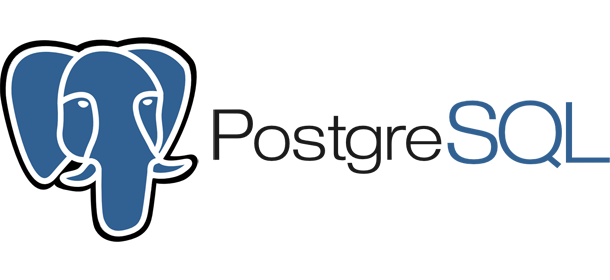
PostgreSQL Database
PostgreSQL is a powerful, open-source relational database management system (RDBMS) known for its robustness, scalability, and extensive features. It is widely used in various applications, from small-scale web applications to large-scale data warehouses and enterprise systems.

PostgreSQL Database: The Ultimate Guide
Key Features of PostgreSQL
Open Source:
- PostgreSQL is completely free and open source, with a permissive license that allows for modification, redistribution, and commercial use.
ACID Compliance:
- PostgreSQL is fully ACID (Atomicity, Consistency, Isolation, Durability) compliant, ensuring reliable transaction processing.
Extensibility:
- PostgreSQL is highly extensible, allowing users to define their own data types, operators, and functions. It also supports procedural languages such as PL/pgSQL, PL/Python, and PL/Perl.
Support for Complex Queries:
- PostgreSQL supports complex queries, subqueries, joins, and advanced data types, including JSON, XML, arrays, and hstore.
Strong Data Integrity:
- The database system ensures data integrity through features like foreign keys, constraints, and triggers.
Concurrency Control:
- PostgreSQL uses Multi-Version Concurrency Control (MVCC) to allow multiple transactions to occur simultaneously without locking the database.
Advanced Indexing:
- Supports various indexing methods, including B-tree, hash, GiST, SP-GiST, GIN, and BRIN, which can optimize query performance.
Replication and High Availability:
- PostgreSQL offers various replication methods, including streaming replication and logical replication, to ensure high availability and disaster recovery.
Security Features:
- PostgreSQL provides robust security features, including SSL connections, authentication methods like MD5, SCRAM-SHA-256, and support for role-based access control (RBAC).
Cross-Platform:
- PostgreSQL is cross-platform and can run on various operating systems, including Linux, Windows, macOS, and Unix-like systems.
Common Use Cases
Web Applications:
- Frequently used as the backend database for dynamic websites and web applications due to its reliability and support for complex queries.
Data Warehousing:
- PostgreSQL is well-suited for data warehousing solutions thanks to its support for large datasets, advanced indexing, and complex queries.
Geospatial Data:
- With the PostGIS extension, PostgreSQL becomes a powerful platform for handling geospatial data, making it ideal for GIS applications.
Enterprise Applications:
- Often used in enterprise environments for ERP systems, CRM systems, and other business-critical applications.
Getting Started with PostgreSQL
- Installation:
- PostgreSQL can be installed on various platforms. On Windows, you can download the installer from the official PostgreSQL website. On Linux, you can use the package manager (e.g.,
apt-get install postgresqlon Debian-based systems).
- PostgreSQL can be installed on various platforms. On Windows, you can download the installer from the official PostgreSQL website. On Linux, you can use the package manager (e.g.,
- Basic Commands:
- Create a Database:
CREATE DATABASE mydb; - Connect to a Database:
psql -d mydb - Create a Table:
CREATE TABLE users (id SERIAL PRIMARY KEY, name VARCHAR(50)); - Insert Data:
INSERT INTO users (name) VALUES ('Alice'); - Query Data:
SELECT * FROM users;
- Create a Database:
- Tools:
- pgAdmin: A popular open-source administration and development platform for PostgreSQL.
- psql: The command-line interface for interacting with PostgreSQL databases.
